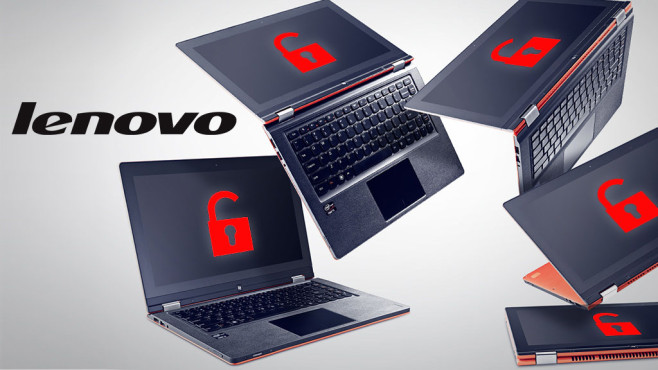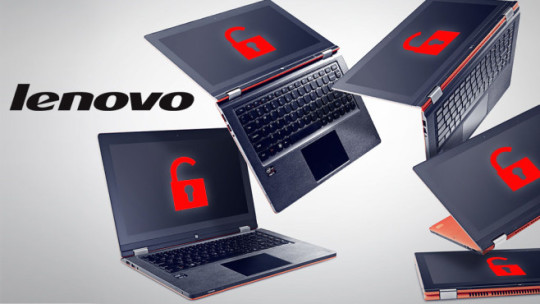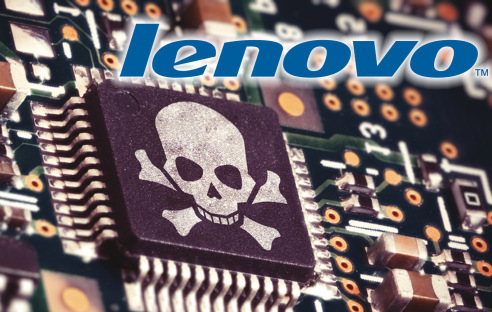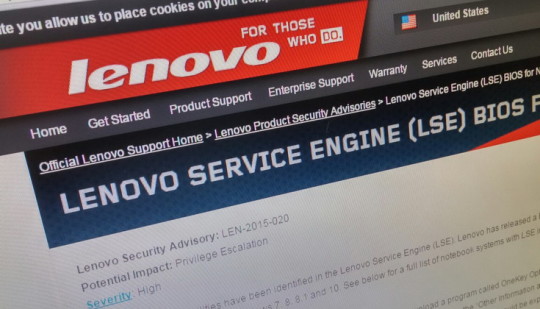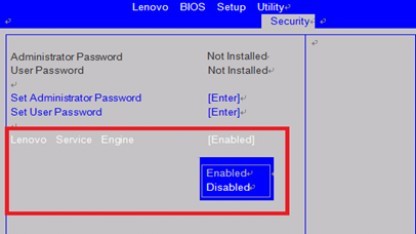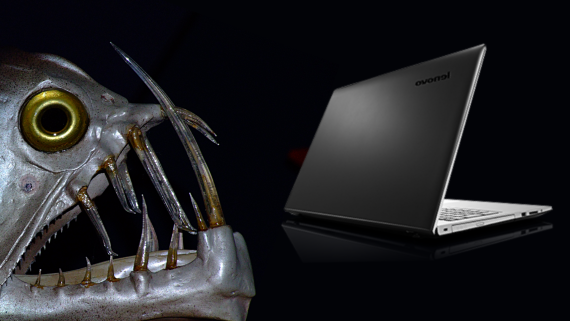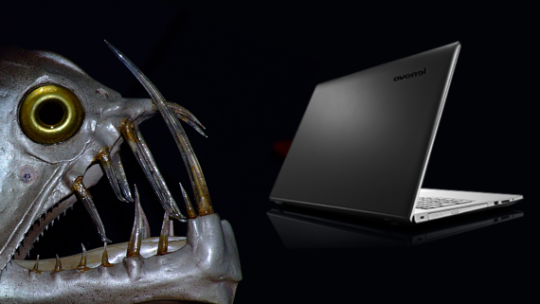
Hundreds of devices from vendors such as Acer, Dell, and Lenovo have been found to be left wide open to threat actors due to untrusted test keys.
These devices have been left compromised due to PKfail, a firmware supply chain vulnerability. On devices where PKfail (short for Platform Key fail) is present, threat actors can install malware with ease. This is because the presence of PKfail means hackers can bypass the Secure Boot process and gain access to the device. Naturally, unauthorized access puts a device at risk of not only being infected with malware, but also suffering data breaches and being hijacked for DDoS attacks.
As the threat of PKfail has affected some of the major PC manufacturers, it’s important we investigate this a little closer.
The Failure of PKfail
Secure Boot is an integral part of any modern PC, ensuring a device’s firmware and operating system is correctly authenticated against a secure key on the machine. The devices at the center of this security failure have, within their system, a test Secure Boot key. This is named “DO NOT TRUST” and is created by American Megatrends International (AMI), a widespread BIOS system used to start up a computer after being powered on.
The intention of the test key was simply that, a test. Vendors using AMI on their systems, for example Lenovo PCs, should have removed this test key before generating a unique Platform Key. This would then protect the BIOS system, prevent Secure Boot from being compromised, and eliminate the threat of unauthorized access via this route. However, this task was missed by numerous vendors, leaving their devices unprotected.
Threat actors, aware of this flaw, could then exploit this workaround for Secure Boot and access the compromised devices without breaking a sweat. By taking control of the machines, the attackers were able to start downloading malware such as CosmicStrand and BlackLotus to the devices. This firmware vulnerability, linked to a June 2024 release as per supply chain security firm Binarly, has affected close to 900 devices, with those affected listed here.
Staying Safe from PKfail
Vendors who have failed to the replace the test key from AMI are being encouraged to immediately rectify this on any systems waiting to be issued. End users of the affected devices should also keep an eye on firmware updates issued by the vendors, prioritizing any which mention the PKfail flaw. Binarly has also given end users a helping hand by creating the pk.fail website, where those at risk can scan firmware binaries to identify any PKfail-vulnerable devices.
PC users, therefore, should be aware of the risk that even newly shipped products, with the latest firmware and patches in place, can be compromised straight out of the box. Forgetting the debacle of the Crowdstrike update debacle, promptly installing updates is one of the best ways to maintain your PC’s security.
For more ways to secure and optimize your business technology, contact your local IT professionals.
Read More





